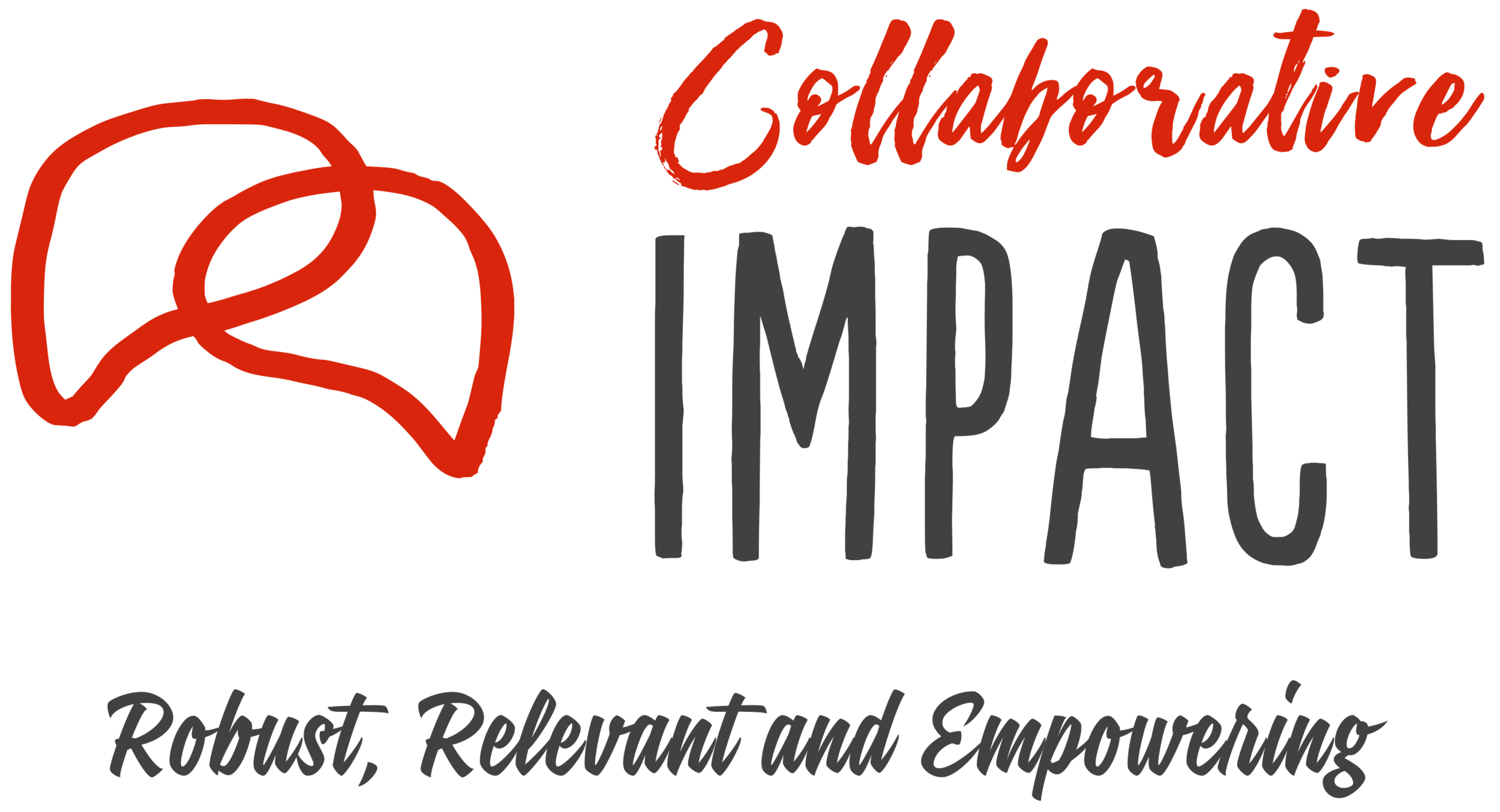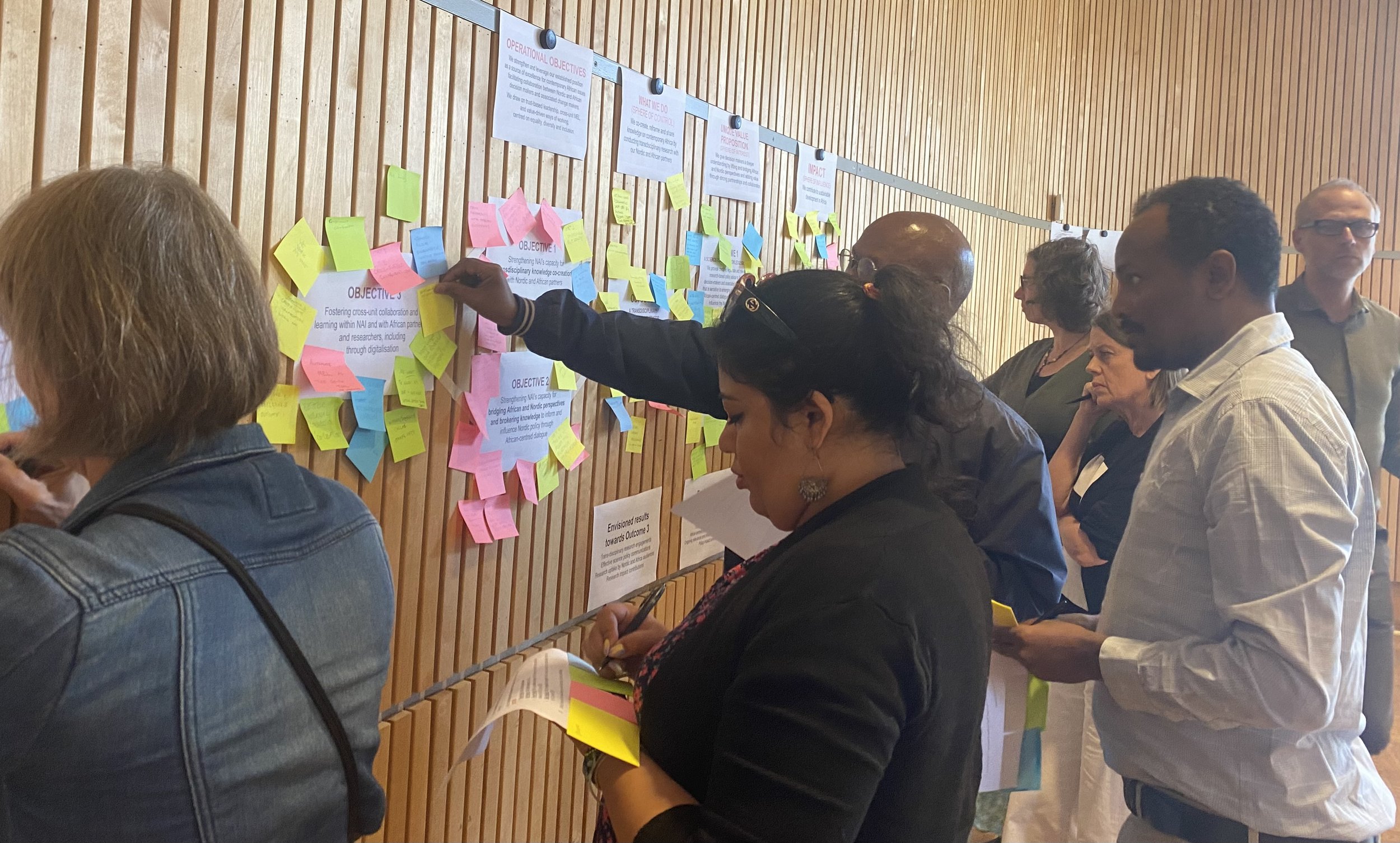INSTITUTIONAL STRATEGY REVIEW AND DESIGN FOR ENHANCING THE INFUENCE OF NORDIC-AFRICA RESEARCH ON POLICY
Collaborative design and mid-term review of the Nordic Africa Institute’s 2022-2026 Strategic Plan, Theory of Change, and Monitoring, Evaluation, and Learning (MEL) approach
Client
Nordic Africa Institute (NAI)
Period
2020-2022,
2024
Services
Strategy and Learning
Locations
Nordic Region, Africa
Areas
Research to Policy and Practice
In 2020-2022, Collaborative Impact partnered with the Nordic Africa Institute (NAI) to review its institutional strategy and design its 2022-2026 Strategic Plan, Theory of Change (ToC), and Monitoring, Evaluation, and Learning (MEL) framework. Following an open intergovernmental bidding process, Collaborative Impact was reselected in 2024 to conduct the Mid-Term Review of the Strategic Plan, ToC, and MEL framework.
NAI is the regional policy research and knowledge institute for the Nordic countries (Denmark, Finland, Iceland, Norway, and Sweden) on cooperation with Africa. Through its research and policy engagements, it aims to create deeper understanding amongst Nordic funders, decision makers, and associated change-makers of contemporary African perspectives, challenges and opportunities for sustainable development.
Strategy, ToC, and MEL Framework Design
A highly interactive, iterative, and essentially forward-looking process and approach was adopted that integrated strategy review and strategy design and reflection. Design workshops engaged all NAI staff and managers in a collective visioning and imagining of the Institute’s future work and change pathways.
Three interlinked impact pathways were identified (i.e. the knowledge-generating pathway, the policy-influencing pathway, and the organisational pathway), and exemplary cases or practices were selected as ‘signposts of the future’ that would generate solid insights into the new strategy’s priorities and contribution claims. Mixed cross-unit and cross-programmatic teams engaged in a series of pathway-specific and cross-pathway workshops to reflect on NAI’s achievements and future pathways, drawing on evidence from the selected cases.
An institutional Theory of Change (ToC) was constructed and investment priorities were agreed for the 2021-2026 strategy period. Through stakeholder interviews with NAI partners and stakeholders (incl. African and Nordic Nordic research outfits, think tanks, policy makers, funders, libraries, journalists, activists, etc.), additional views and reflections on the Institute’s value/mandate, shifting policy context, and future direction were collected and triangulated.
Through an extended period of facilitated engagements, Collaborative Impact supported NAI colleagues to draft their Strategic Plan and develop an outcome-focused MEL framework.
Mid-Term Review
The overarching objectives of the MTR were to help NAI:
Demonstrate the ongoing relevance of its 2022-2026 Strategy by assessing how it enables NAI to contextualise its engagement with Nordic decision making amid a shifting policy and cooperation landscape.
Strengthen evidence of its impact by examining how knowledge generated by NAI’s research team has informed and influenced Nordic development cooperation in Africa.
Enhance its strategic effectiveness by identifying ways to leverage its strengths, refine its approach, and navigate political dynamics to drive change.
The MTR employed a PIALA-based developmental approach to assess progress towards achieving NAI’s mission and strategic outcomes. Evidence was gathered against an evaluative model of NAI’s institutional ToC through triangulated stakeholder interviews with African research partners, Nordic research partners and libraries, Nordic government partners and ambassadors, council members, visiting scholars, and NAI staff.
Two in-person sensemaking workshops were held in Sigtuna and Upsala (Sweden), where NAI staff and leadership discussed prioritised findings and recommendations in relation to NAI’s three science-to-policy pathways and its unique value proposition emerging from the MTR, informing action planning for the remainder of the strategy period.




